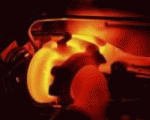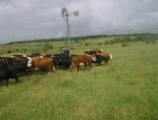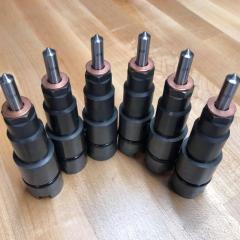- Replies 26
- Views 5.7k
- Created
- Last Reply
Top Posters In This Topic
-
KATOOM 4 posts
-
TFaoro 4 posts
-
rancherman 3 posts
-
notlimah 3 posts
Most Popular Posts
-
Technically, a larger line would have more friction because it has a larger surface area under the same pressure. We don't use friction here though because the fluid isn't flowing at the walls of the
-
-
I use a needle valve on my 1/8" line and have had no needle bounce in the 6 or so years it has been in the truck. When @Dieselfuture mentioned a "Niddle" valve I had to re read it. Just thought he mis







Anybody have a good memory? Someone posted a pic of a brake airline they used for their low fuel pressure gauge. I can't find it now. The pic had name printed on the hose. I would like to track some down. Anybody remember the post or know what line to use?
At my NAPA I asked for 1/4 inch airbrake line and they wanted to sell me what's listed below. After looking up what they sell I don't want to use it. It's not even brake line and I've hit the "bold" to show where I think it is lacking. Or if anybody's used this, is it good enough?
Maybe just me but I was thinking there must be something better.
Thanks for any response.
https://www.haldex.com/en/North-America/search/?q=d1060401
Reinforced Nylon Tubing